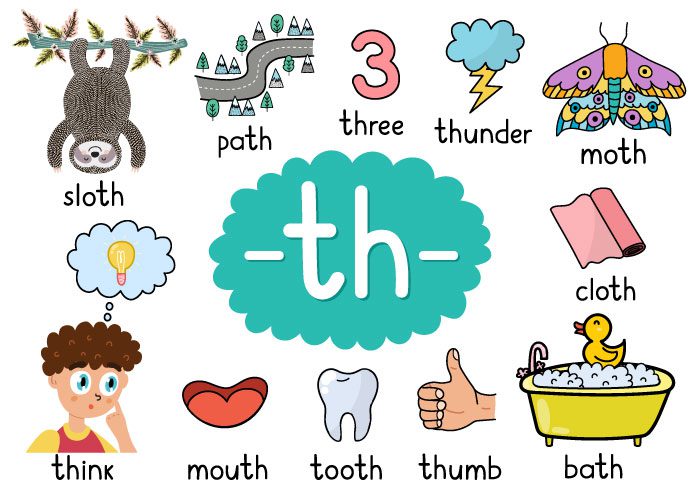
Absolutely! Here’s an updated and comprehensive guide to teaching sight words to kindergarteners in 2025, blending the latest educational insights with engaging, hands-on activities.
Teaching sight words is a cornerstone in helping young readers build fluency and confidence. While the Dolch and Fry lists remain foundational, modern approaches emphasize integrating phonics and multisensory learning to make sight word acquisition both effective and enjoyable.
📚 What Are Sight Words?
Sight words are high-frequency words that children are encouraged to recognize instantly, without needing to decode them phonetically. These words often don’t follow standard phonetic rules, making them essential for early reading fluency. Examples include “the,” “said,” “come,” and “was.”
🧠 The Science Behind Sight Words
Recent educational research underscores the importance of phonics in reading instruction. While memorizing sight words has its place, integrating phonics helps children understand the structure of words, leading to better reading comprehension and retention.
📝 When to Introduce Sight Words
Kindergarteners typically begin learning sight words around ages 5 to 6. It’s beneficial to start with a small set—perhaps 3 to 5 words per week—and gradually increase as the child gains confidence. Remember, each child progresses at their own pace, so adjust accordingly.
🎯 Effective Strategies for Teaching Sight Words
1. Multisensory Learning
Engage multiple senses to reinforce learning:
Tactile Activities: Use sand trays, playdough, or finger paints to form letters and words.
Auditory Methods: Incorporate songs or chants that include sight words.
Visual Aids: Utilize flashcards, colorful word walls, and illustrated books.
2. Interactive Games
Make learning fun with games like:
Sight Word Bingo: Customize bingo cards with target sight words.
Memory Match: Create pairs of sight word cards for matching.
Word Hunts: Hide sight word cards around the room for children to find and read.
3. Incorporate Technology
Leverage educational apps and online resources designed for sight word practice. Interactive platforms can provide engaging and personalized learning experiences.
4. Contextual Learning
Introduce sight words within the context of simple sentences to help children grasp their meaning and usage. For example, “The dog is big” uses both “the” and “is” from common sight word lists.
📋 Sample Kindergarten Sight Word List
Here’s a selection of commonly taught sight words for kindergarteners:
Basic Words: a, I, the, is, it, in, to, and, you, he, she, we, me, be, go, no, so, do, up, down
Advanced Words: come, here, where, said, was, are, they, have, like, look, see, my, your, one, two, three
Remember, the goal is instant recognition, so regular practice is key.
🧩 Creative Activities to Reinforce Sight Words
Sight Word Puzzles: Create jigsaw puzzles with sight words for children to assemble.
Word Art: Encourage kids to decorate sight words with drawings or stickers.
Story Creation: Have children craft short stories using a set of sight words.
Physical Movement: Incorporate actions like jumping or clapping for each letter in a sight word.
📈 Monitoring Progress
Regular assessment helps track a child’s progress and identify areas needing reinforcement:
Flashcard Reviews: Quick, daily reviews can reinforce memory.
Reading Logs: Maintain a log of books read and sight words encountered.
Games and Quizzes: Periodic games or informal quizzes can make assessment fun.
🤝 Collaboration Between Parents and Teachers
Consistency between home and school enhances learning:
Communication: Regular updates between teachers and parents ensure aligned strategies.
Shared Resources: Utilize common tools and materials for practice in both settings.
Positive Reinforcement: Celebrate successes to motivate continued learning.
🌈 Final Thoughts
Teaching sight words is a dynamic process that benefits from a blend of traditional methods and innovative strategies. By incorporating phonics, multisensory activities, and consistent practice, we can create a supportive and effective learning environment for our young readers.


